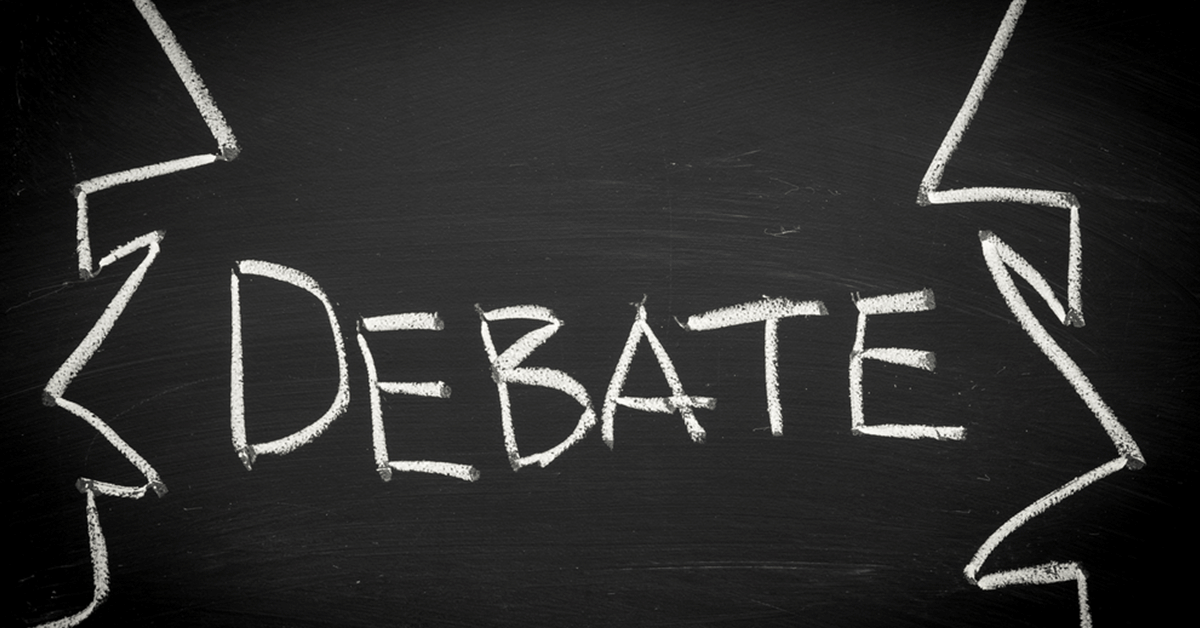
The Debate for Native Ads
In an age when traditional advertising methods are shifting, with print revenues steadily declining, and audiences growing wary of branded messages, native advertising presents a solution. Native advertising, or the use of sponsored messages designed to blend in with the surrounding content and user experience, has become increasingly popular as of late, drawing both praises and critiques with it.
Native advertising is not entirely new; it’s been around, but nowhere near as popular, or effective, as it is currently becoming. There are several different types of native advertising, ranging from in-feed content, to paid search ads, promoted listings, ‘recommendation’ widgets appearing at the bottom or side of web pages, and more. According to The Interactive Advertising Bureau, the goal of native ads should be to create messages “that are so cohesive with the page content, assimilated into the design, and consistent with the platform behavior that the viewer simply feels that they belong.” Furthermore, in the IAB’s recommended guidelines, they emphasize a focus on each ad’s ability to integrate with the given content, providing a fitting form and function for the users who view it.
The hope behind native advertising is to provide readers with a ‘seamless’ user experience, complimenting that user experience with relevant sponsored content. This in turn leads to more impressions via readers as well as higher positive impressions towards the brand. As the formula goes, readers should benefit from finding sponsored content that actually enhances their user experience.
But when does “enhance” become “annoy?” The distinction has been discussed in a recent backlash over the rising trend of native advertising, most famously by comedian John Oliver, whose rant on native advertising compared it to a “trust parasite.” In his 13 minute spot, he claims that native advertising (specifically advertising used in news sources) “blurs the lines between editorial and advertising content,” thus eroding consumer trust by “tricking” them into reading branded messages disguised as hard content.
In a counter-response, Sergey Denisenko, a Native Advertising CEO at MGID Inc. fired back at Oliver, insisting that sponsored content is labeled as sponsored, and not made to ‘trick’ anyone into believing it is hard editorial. Furthermore, he argues that this kind of sponsored content is strategically placed by publishers to make it mutually appealing to the audiences reading the editorial, thus hopefully enhancing their viewing and reading experience alike.
The backlash over native advertising’s potential for abuse makes its intended use consequential for marketers and advertisers involved in this trend. Here at AdEase, we utilize native advertising as a method to correctly target audiences with contextually relevant content. Using techniques like recommendation widgets, we aim to spread relevant awareness on client, and to provide our content as a user resource in our client’s campaigns. In exchange, client’s see positive impacts and good quality traffic driven to their sites.
The current debate over native advertising highlights a fine line between pleasing audiences by providing contextually relevant content that seamlessly blends in, and merely disguising messages to create more impressions. According to Denisenko, native advertising is received very well by audiences when used correctly; 90% of consumers are interested in sponsored content if it is relevant to them, and 81% respond positively when it is organic content designed as a resource rather than a branded message. The key to success thus lies in the use of native ads as a tool to create relevant conversations with audiences, enhancing, rather than detracting from, their user experience, and eliciting a new, mutually beneficial brand of communication.
Read more at:
http://bit.ly/1pTPoMQ and http://adage.com/article/guest-columnists/dear-john-oliver-wrong/294525/
Make sure to check out the IAB’s Native Ad Guidelines at http://www.iab.net/media/file/IABNativeAdvertisingPlaybook.pdf
AP: Kirstie Chapman
Mood: Exhausted
Feature Photo Credit to ShutterStock and B Calkins


